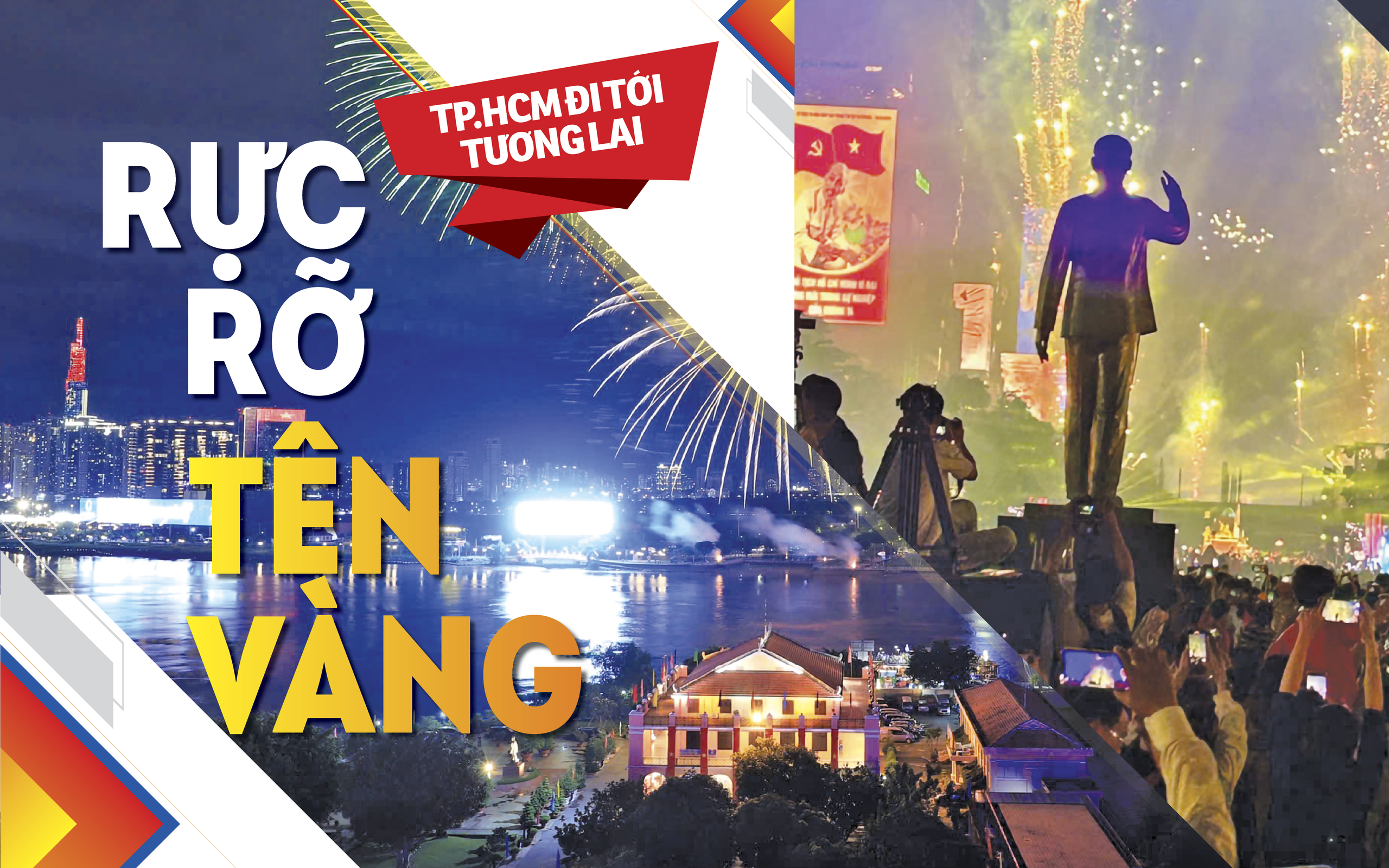
Every year on these days, the sometimes passionate, sometimes heroic echoes of this song resound, telling the story of a hundred years that turned a new page in history for the nation, opened a new path for the country and brought Saigon the title "city named after Uncle Ho".
This year, exactly 50 years since the days "Uncle Ho returned with the troops", writer Trinh Quang Phu and collector Nguyen Dai Hung Loc sent to Tuoi Tre the emotions accumulated from many years of pursuing the topic of President Ho Chi Minh .
After days of avoiding the French secret police, the young man Nguyen Tat Thanh left the National School, left Hue city - where he formed the concepts of independence and freedom, where he first fought against the enemy. He went to Quy Nhon, Phan Thiet and then to Saigon, and on June 5, 1911, resolutely boarded a ship to find a path for himself and his people.
More than 100 years have passed but the traces of Nguyen Tat Thanh - President Ho Chi Minh are still visible in this city. That is Rach Ban hamlet (now Co Bac street), house number 5 Chau Van Liem (now Quai Testard street) - Lien Thanh trading house headquarters - where Nguyen Tat Thanh temporarily stayed for a short time.
That was No. 2 Dong Khoi (formerly Catinat) - the headquarters of the Five Star Shipping Company - where he came to apply for a job and get a permit to go aboard the ship and meet the captain. That was Mr. Ba Tieu's laundry shop on La Grandière Street (now Ly Tu Trong Street).
That was Saigon commercial port at the beginning of Nguyen Hue Street, Dong Khoi - Ham Nghi, which is Bach Dang Wharf today. At that time, the wharf had a wharf reserved for Chargeurs Réunis (ie Five Star Company), a French shipping company operating on the France - Indochina - France route. This was also the place where Nguyen Tat Thanh took the name Van Ba when he got off the ship to say goodbye to Saigon, goodbye to the country to leave.
This is also where Ms. Hue - his girlfriend - put a scarf around his neck to say goodbye and he decided to put his personal love aside to pursue a great career.
The memories of Saigon in Uncle Ho's memory are closely linked to his deep love for the people and the country. During his years in Hanoi , with the whole country in the resistance war against the US, fighting for national reunification, many times when meeting cadres from Saigon, Uncle Ho always asked in detail about the people he knew and the places he lived.
Once, Uncle Ho asked, "Is there still broken rice in Saigon (broken rice sold on the sidewalk)?", and Uncle Ho said, "When I was in Saigon, I often ate broken rice with fried shrimp, it was cheap and delicious. They cooked well, the rice was not mushy and the shrimp was not dry."
In 1961, when receiving the first delegation from the South to visit the North, Uncle Ho pointed to his heart and said: "The beloved South is always in my heart."
In the spring of 1969, a delegation of the National Liberation Front of South Vietnam visited the North, led by Dr. Phung Van Cung, Vice President of the Front Presidium. Ms. Ba Thi (aka Labor Hero Nguyen Thi Rao) and Phan Van Gung (a brave American-killer of Cu Chi, the land of steel and copper) were two officers and soldiers representing Saigon city to visit Uncle Ho.
That time, after the morning when Uncle Ho and the Central Committee received the delegation at the Presidential Palace, the whole delegation had just reluctantly said goodbye and returned to the guest house in the Northern Palace for a while when Uncle Ho, along with Uncle Ton Duc Thang, First Secretary Le Duan and Prime Minister Pham Van Dong, came to visit the delegation. It was a surprise and extremely touching. The women, the heroic children and the delegates abandoned all formalities and ran to the place.
Everyone sat around Uncle Ho, not arranged but coincidentally forming a perfect layout: on the right of Uncle Ho was Ms. Ba Thi, next was the hero Huynh Thuc Ba of the Inter-zone 5 battlefield, behind Uncle Ho was the heroine Kan Lich of the Tri Thien battlefield, on the left of Uncle Ho was Dang Van Dau - the hero of the Southern Delta, and the person sitting below in front of Uncle Ho was the young hero Phan Van Gung of Saigon - Gia Dinh.
Uncle Ho happily sat in the middle, letting the children stroke his soft, white beard. Welcoming Uncle Ho in that setting, everyone felt as if he was sitting in the middle of Saigon, among millions of people in the South who were longing for him.
In that cozy moment, Ba Thi said: "We are from the South, obeying Uncle Ho's words, not afraid of sacrifice and hardship, fighting the Americans for 100 years without fear. The only thing we fear is... Uncle Ho will live to be a hundred years old."
A thought flashed across Uncle Ho's forehead. He turned to ask Prime Minister Pham Van Dong: "How seventy-something are you this year, Uncle?"
- Sir, I am seventy-nine this year.
- Then it will be 21 years before Uncle Ho turns 100. Uncle Ho called on you to fight the Americans for 5, 10, 20 years, but he never said 21 years. If it takes us 20 years to defeat the Americans, Uncle Ho will still have a year to visit you, the Southerners...
Uncle smiled, the whole group smiled with him in intense emotion. Very happy, Uncle quickly looked at everyone surrounding him and said as if affirming: "I am in the middle of the South".
After the liberation day, Saigon officially changed its name to Ho Chi Minh after a proposal from the representative of the South in 1946. The road leading to Nha Rong Wharf was named Nguyen Tat Thanh Street, the hundred-year-old building located here was used as the Ho Chi Minh Museum.
This building was built by the French in 1863, and is the headquarters of Messageries Maritimes - the first French shipping company in the region. The structure of the building is a bit strange: the two main floors are built with French-style arched doors, but the rooftop has an additional, smaller Vietnamese-style floor with two roofs and two tiled wings.
The four corners are four fish that have turned into dragons, facing four directions. On the roof, in the middle is the shipping company's logo, a horse's head inside an anchor and a crown. On both sides of the roof are two winding dragons, facing each other. On the two gables are the letters MI, the company's initials, and the ship's chimney logo.
The upper floor has a very large balcony with high walls surrounding several rooms. Standing on the balcony, you can clearly see the whole Saigon port, Ben Nghe canal, Bach Dang wharf - the old trading port and a fairly wide angle of the city center.
Standing here, watching the big ships from all over the world dock, we think of the ship Amiral Latouche Tréville that took Uncle Ho away a hundred years ago. Today, generations of young people in the city come to greet Uncle Ho before setting off to build the country, and solemn troops stand before Uncle Ho's statue in Nha Rong yard, resounding the oath "Determined to win" before marching...
From this city, the kitchen assistant Van Ba made his first voyage to faraway France - the homeland of the French Revolution with the slogan "Liberty - Equality - Fraternity" that he had heard since childhood. And as he recounted: "I want to go out to see France and other countries. After seeing how they do it, I will return to help my people."
Not just an adventure or a trip, nor a "study abroad" trip, nor a business trip, Mr. Van Ba brought with him only two empty hands and a passionate patriotism, a steadfast will to find a way to save the country, a persistent learning spirit and a resilient revolutionary will.
As a young man who grew up after April 30, 1975, I have researched and collected documents about Uncle Ho's life and activities, especially during the years he traveled abroad.
From postal items such as stamps, postcards, envelopes..., I have combined them to form the topic "Historical marks in the life of President Ho Chi Minh" and the postcard collection "Journey in Uncle Ho's footsteps".
I pay special attention to the ship named "Admiral Latouche-Tréville" that took the young man Van Ba away in 1911, which some researchers have called the surprising connection between the Admiral Latouche-Tréville and President Ho Chi Minh on the journey across the ocean to find a way to save the country "historical destiny"...
The Amiral Latouche-Tréville was a merchant ship on the Indochina-France route operated by the Chargeurs Réunis shipping company. The ship was named after the French Admiral of the Navy: Count De Latouche-Tréville (1745-1804), a politician who was active in the French Revolution.
The document Direction générale des TP - Port de Commerce de Saigon (Saigon, 1912) clearly states: The ship Amiral Latouche-Tréville from Hai Phong docked at Saigon port on June 2, 1911 with captain Maisen and a crew of 69 sailors and left Saigon port on June 5, 1911.
An interesting and meaningful thing that I have collected about the ship "Amiral Latouche-Tréville": the ships of the "Amiral" class of the Chargeurs Réunis company only appeared on French postcards issued in only about 3-5 pictures, while the collection of images of the ship Amiral Latouche-Tréville with many angles that I found had up to 20 different pictures.
From pictures of ships operating at sea, ships anchored at Dunkerque port, Le Havre port; ships with passengers and crew or paintings of ships overcoming ocean waves...
Through this, we can somewhat imagine the hardships of Van Ba's kitchen assistant job serving hundreds of people: waking up very early and working until night with high intensity, cleaning the large kitchen on the ship, lighting fires in the stoves, cleaning pots and pans, carrying heavy sacks from the hold to the deck, including coal, vegetables, meat, and fish. It was very hot in the kitchen and very cold in the hold.
The ship Amiral Latouche-Tréville on contemporary postcards. Photo: NĐHL
The work on board was hard and dangerous, and 14 sailors and crew members quit at ports along the way. When the ship docked at Le Havre, the total number of crew members was only 58, including Van Ba.
When he left his homeland, he was in his twenties, a complete scholar who had never done hard work. However, he accepted and tried to overcome difficulties and hardships, seeing them as challenges and opportunities to find his way, to learn and to realize his great ambition.
Professor Tran Van Giau commented, "Saigon, the place where Uncle Ho stopped for the shortest time, played a decisive role in choosing the path to save the country." Throughout his life of tireless revolutionary activities, President Ho Chi Minh always turned his eyes to the beloved South, including Saigon.
The National Salvation Newspaper No. 329, published on August 27, 1946, reported on a meeting of Southerners in Hanoi to celebrate the first anniversary of the victorious uprising in Saigon (August 25, 1945 - August 25, 1946). During this meeting, Dr. Tran Huu Nghiep proposed naming Saigon after Ho Chi Minh. Everyone agreed and signed the resolution naming Ho Chi Minh City and sent it to the Government.
After two protracted resistance wars lasting 30 years, in the spring of 1975, the war ended, the country was peacefully unified, and the wish of President Ho Chi Minh and the people of the whole country "North and South reunited as one family" was fulfilled.
On July 2, 1976, when officially deciding to name Saigon - Gia Dinh city as Ho Chi Minh city, the 6th National Assembly of the Socialist Republic of Vietnam based on two grounds: One is that "the people of Saigon - Gia Dinh city always show their boundless love for President Ho Chi Minh and are passionate about the city being named after him" and two is that "in the long and arduous revolutionary struggle, Saigon - Gia Dinh city has constantly promoted the steadfast and indomitable tradition of our nation, achieved many outstanding feats, and deserves the honor of being named after the great President Ho Chi Minh".
50 years have passed since the country was peacefully reunified, the city named after Uncle Ho has continuously grown with many great, beautiful and modern changes on the path of development towards a better life, a fair, civilized, prosperous and humane society.
The Saigon River still flows quietly and quickly out to sea, the old wharf where the ship "Amiral Latouche-Tréville" weighed anchor and left the port to take him away is still there and the Ben Nha Rong building still exists and has become a place to preserve images, documents, memorabilia and stories about President Ho Chi Minh's "journey to find a way to save the country" for future generations.
The successful separation of conjoined twins Nguyen Viet and Nguyen Duc, victims of war, in 1988 became a symbol of international kindness, with medicine, equipment and expertise from Japan.
The story of the two brothers Viet - Duc is also a symbol of the resilience of the Vietnamese people in the process of recovery, reform and development of the country. The legendary surgery has become a milestone in the history of Vietnamese medicine and brought the white-coated doctors confidently out into the world.
Today, as we face a world shaped by common opportunities and challenges from climate change to pandemics, from poverty to conflict, we should also pause to reflect on the Fatherland over the past 50 years, and express our deep gratitude for the support of international friends for the process of building and developing our beautiful unified country.
Let the memory of the support we have received over the years serve as a constant reminder that it is thanks to the international friends standing side by side that Vietnam has had peace and development.
Vietnam today is a dynamic and increasingly prosperous country with GDP reaching nearly 500 billion USD in 2024, nearly 100 times higher than in 1976. Looking back at the journey to overcome the devastation of war to reach the current position of this country is not an easy story.
The Paris Agreement in January 1973 established the first foundations for peace and national reunification in April 1975, but Vietnam still experienced enormous difficulties, especially in the 1980s and early 1990s.
April 30, 1975, although marking the end of the war and the reunification of the country, did not bring immediate prosperity to the country. Importantly, the period immediately following reunification was complicated as Vietnam faced a US economic embargo and had to navigate complex geopolitical relationships.
At that time, Vietnam was still heavily affected by devastated infrastructure, a weak economy and people still suffering from the trauma of the war.
For millions of Vietnamese, daily life in the 1980s was a constant struggle to obtain basic necessities. Food shortages were chronic, with long queues for essentials such as rice, sugar and cooking oil a common sight, and took up precious hours that could have been spent on other productive activities.
Eating rice mixed with millet is a memory that will probably never fade in the minds of many Vietnamese people during the subsidy period. I, like millions of other children, often had to go to school with empty stomachs at that time, but still believed in a bright future for Vietnam.
During those difficult years, Vietnam was not alone in its arduous journey to rebuild its life and country. Across borders and oceans, kind and generous hands from international friends reached out to Vietnam.
Initial support, often in the form of humanitarian aid, provided essential relief to a population struggling with the hardships of life, having just survived the war. Seeds of hope were planted by countries and organizations around the world, believing in supporting Vietnam’s recovery and development.
It is difficult to name all the international friends who have helped Vietnam over the past half century. The Soviet Union played a major role in providing financial support, equipment and technical expertise for various development projects in the 1970s and 1980s.
Former socialist brother states such as East Germany, Czechoslovakia, Poland, Hungary, Bulgaria and Cuba also provided assistance, mainly in the form of goods, technical assistance and some infrastructure projects in the post-war period.
Although aid from socialist countries was considerable, Vietnam also sought and received valuable and invaluable support from a number of Western and neutral countries, as well as international organizations, for reconstruction and development.
Food, medicine and basic necessities laid the foundation for stability. As the country embarked on the path of "Doi Moi" economic reforms in 1986, the goals of assistance gradually changed, increasingly focusing on long-term development goals.
It can be said that Sweden’s long-term commitment, especially through organizations such as SIDA, has played a fundamental role in areas such as health care and industrial development in Vietnam. Finland’s support in the fields of forestry and rural development has also left a lasting positive impact.
India has provided economic and technical assistance, especially in agriculture and human resource development. France resumed development assistance to Vietnam in the late 1970s, with a focus on cultural, scientific and technical cooperation. The list of countries assisting Vietnam is long.
United Nations aid made up a significant portion of the total aid received by Vietnam in the late 1970s and early 1980s. Specific UN agencies such as UNDP, UNICEF and UNFPA were involved in many programs related to development, health and population.
The World Food Programme (WFP) has provided food aid to address food shortages and support vulnerable populations in post-war Vietnam, while the World Health Organization (WHO) has supported Vietnam in rebuilding its health care system and combating disease.
International organizations such as the World Bank and the International Monetary Fund (IMF) have provided important financial support, policy advice and technical expertise, guiding Vietnam through its economic transition and supporting vulnerable population groups.
The Ho Chi Minh City friendship symbol "Harmonious waves - Friendship" engraved with the names of 58 localities in the world that have become twinned with the city, during the inauguration ceremony at Bach Dang wharf park in September 2024 - Photo: TTD
The normalization of relations with China and the United States, as well as joining the ASEAN regional organization, has also opened the door to important trade, investment and development assistance, marking a significant turning point in Vietnam's integration into the global economy.
The support given to Vietnam over the past five decades has been more than just material and financial support. It has been about the hope and confidence instilled in a country struggling to find its place and assert itself. It has demonstrated a spirit of international solidarity, a belief in Vietnam’s potential to contribute to building a more peaceful and prosperous world region.
Valuable support, as well as expertise shared from friends and organizations, has played an important role in helping Vietnam heal the wounds of war, overcome enormous economic challenges, and become a dynamic and increasingly influential country on the international stage.
PHOTO: QUANG DINH - TRAN TIEN DUNG
CONTENT: TRINH QUANG PHU
PRESENTATION: STRONG
Tuoitre.vn
Source: https://tuoitre.vn/tp-hcm-di-toi-tuong-lai-ruc-ro-ten-vang-cam-on-ban-be-quoc-te-20250428091144821.htm


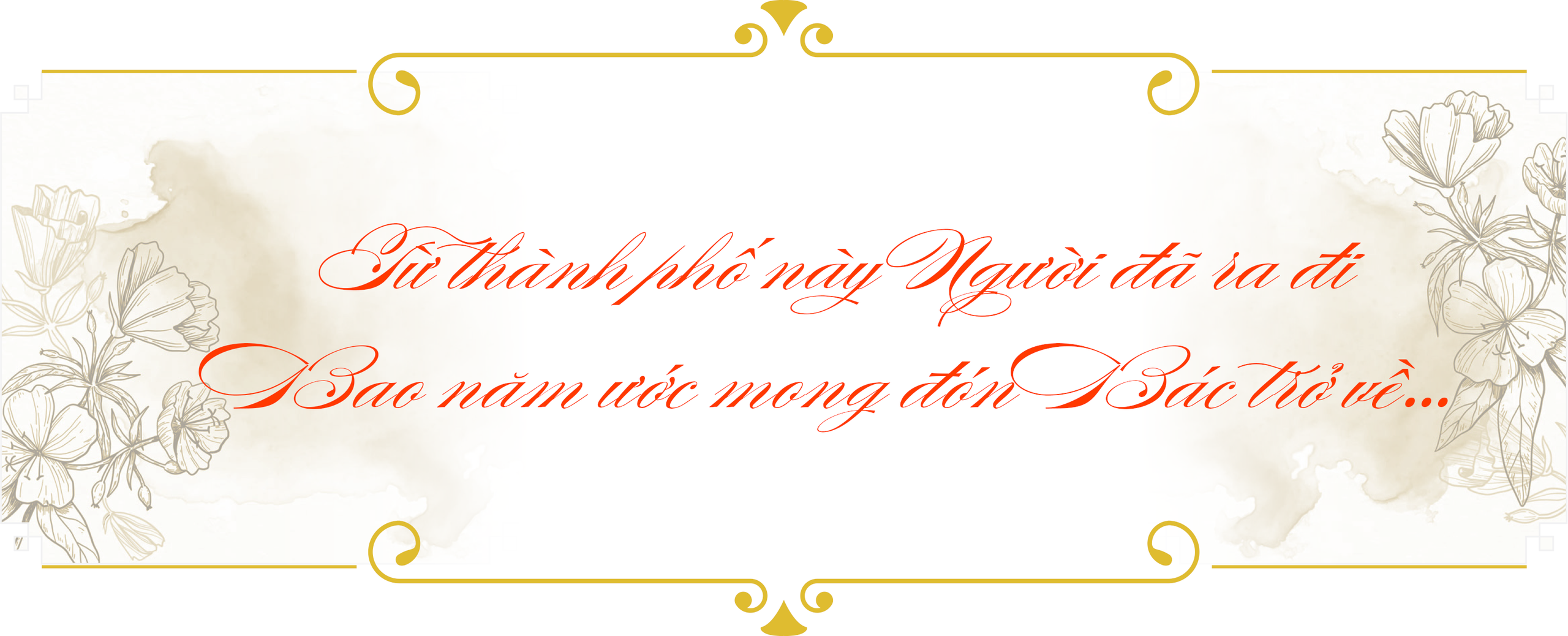
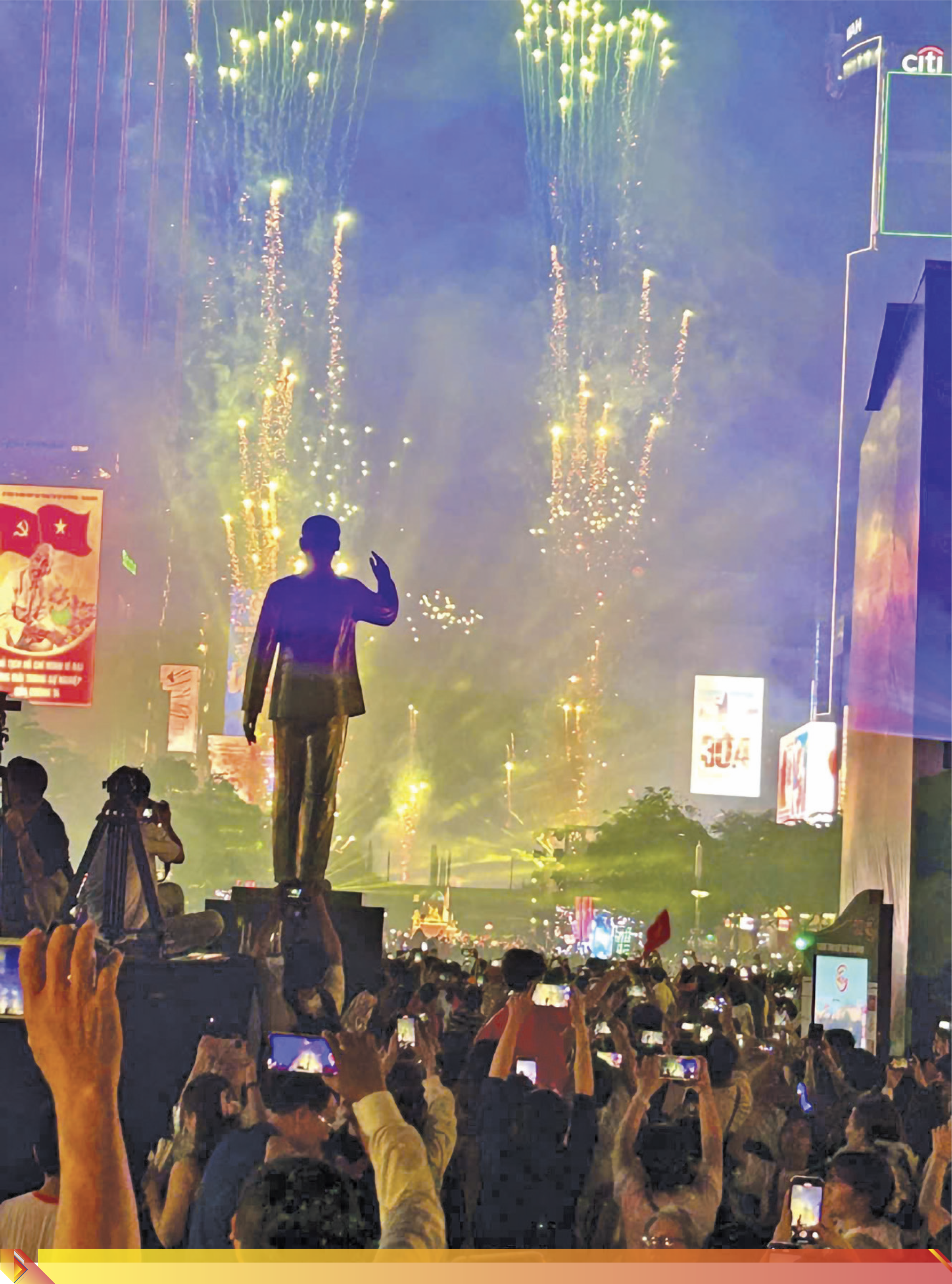

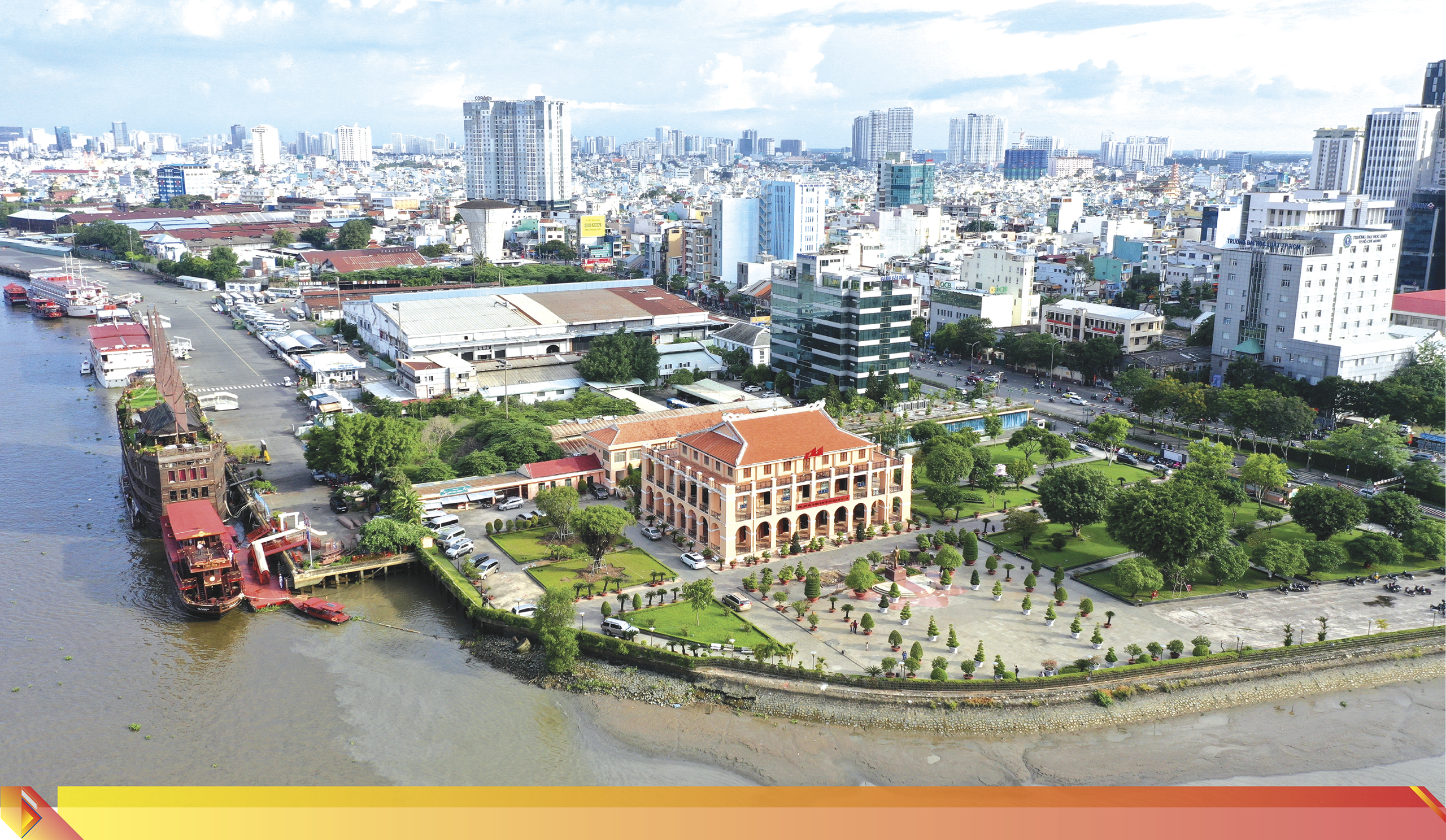
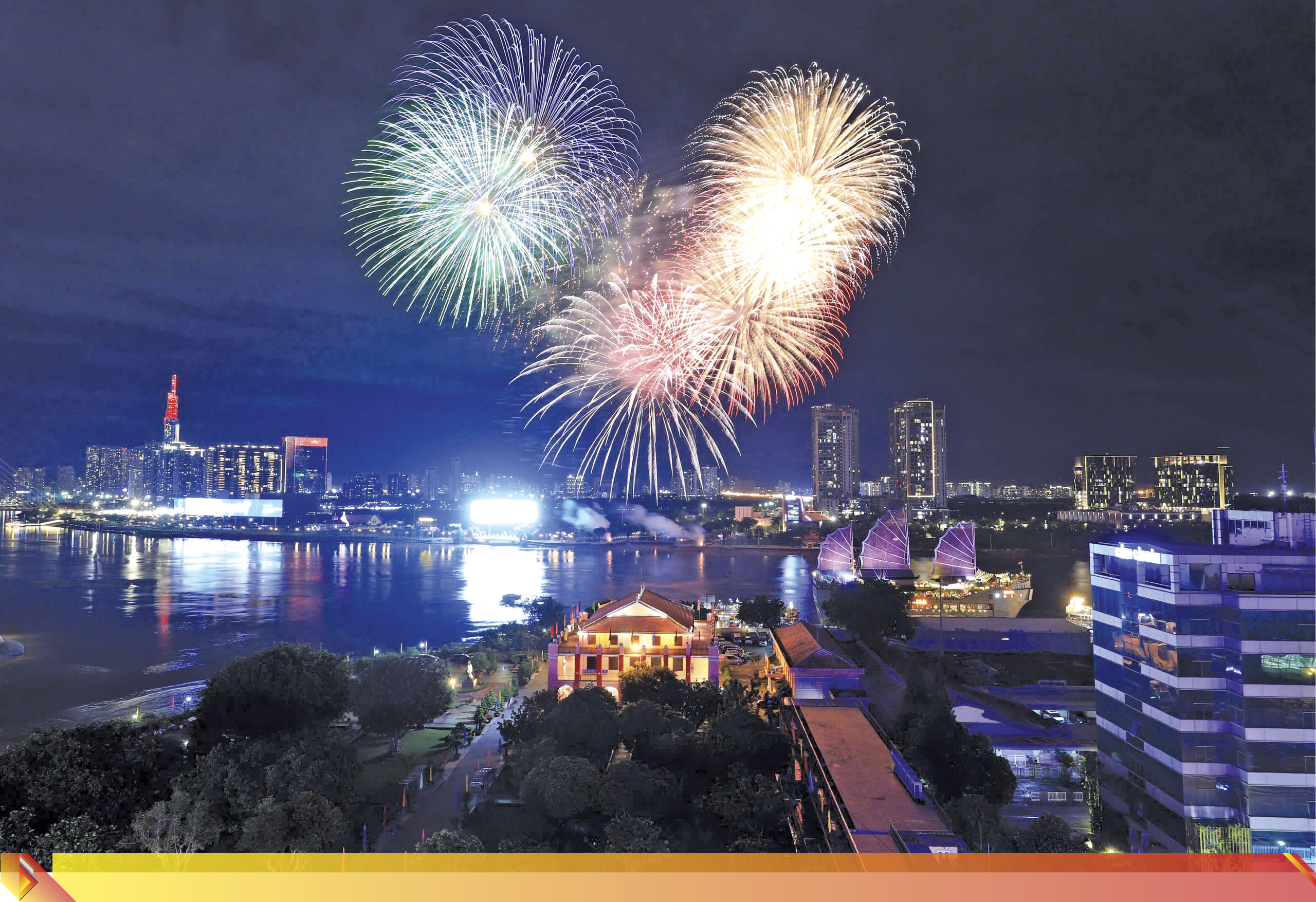
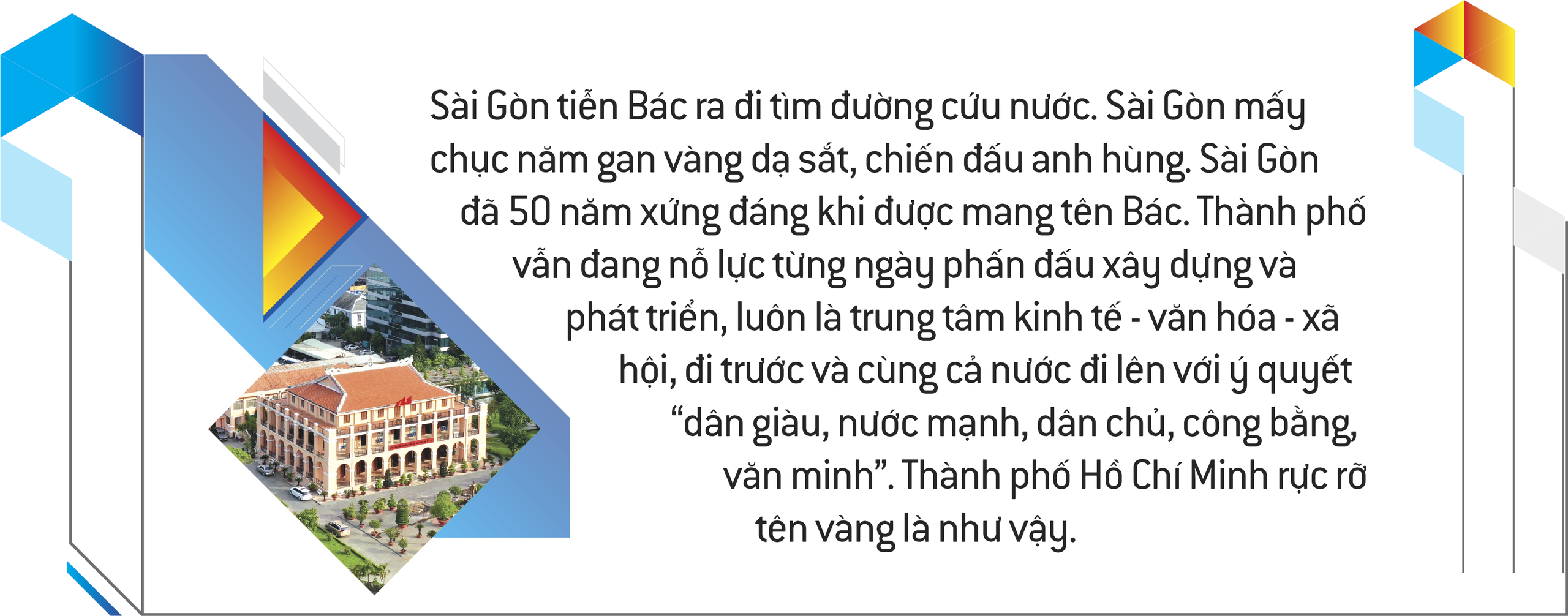

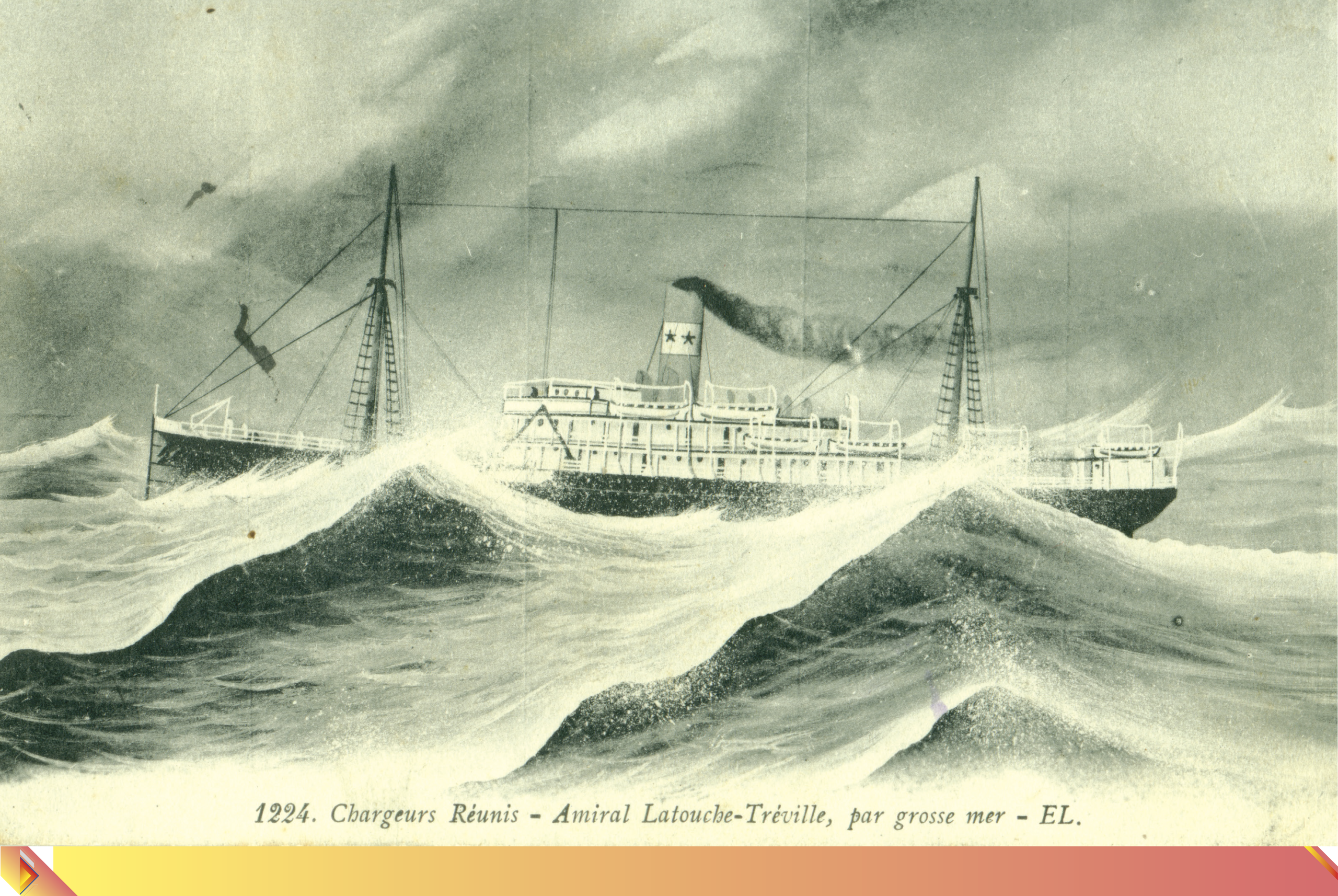
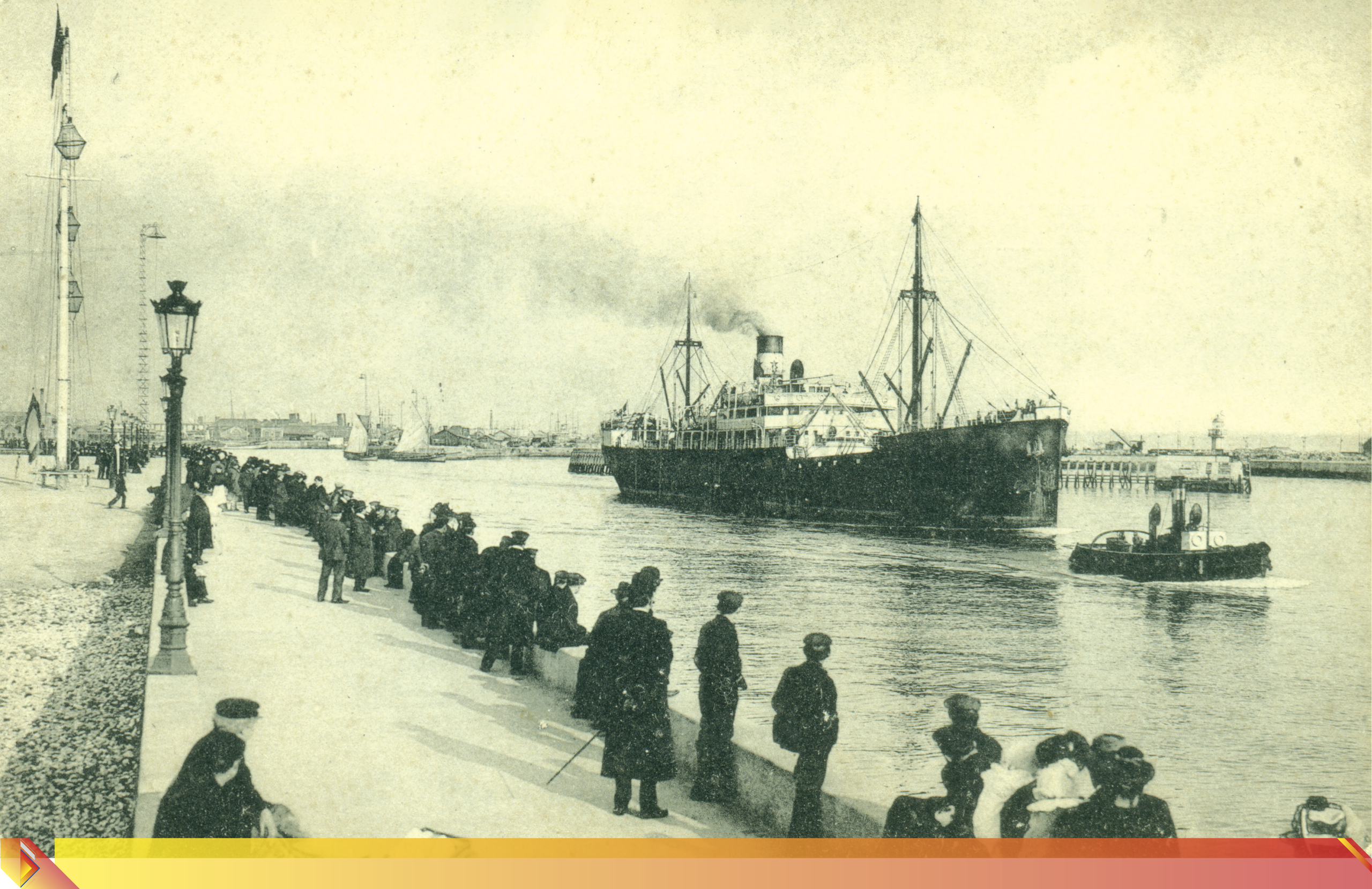
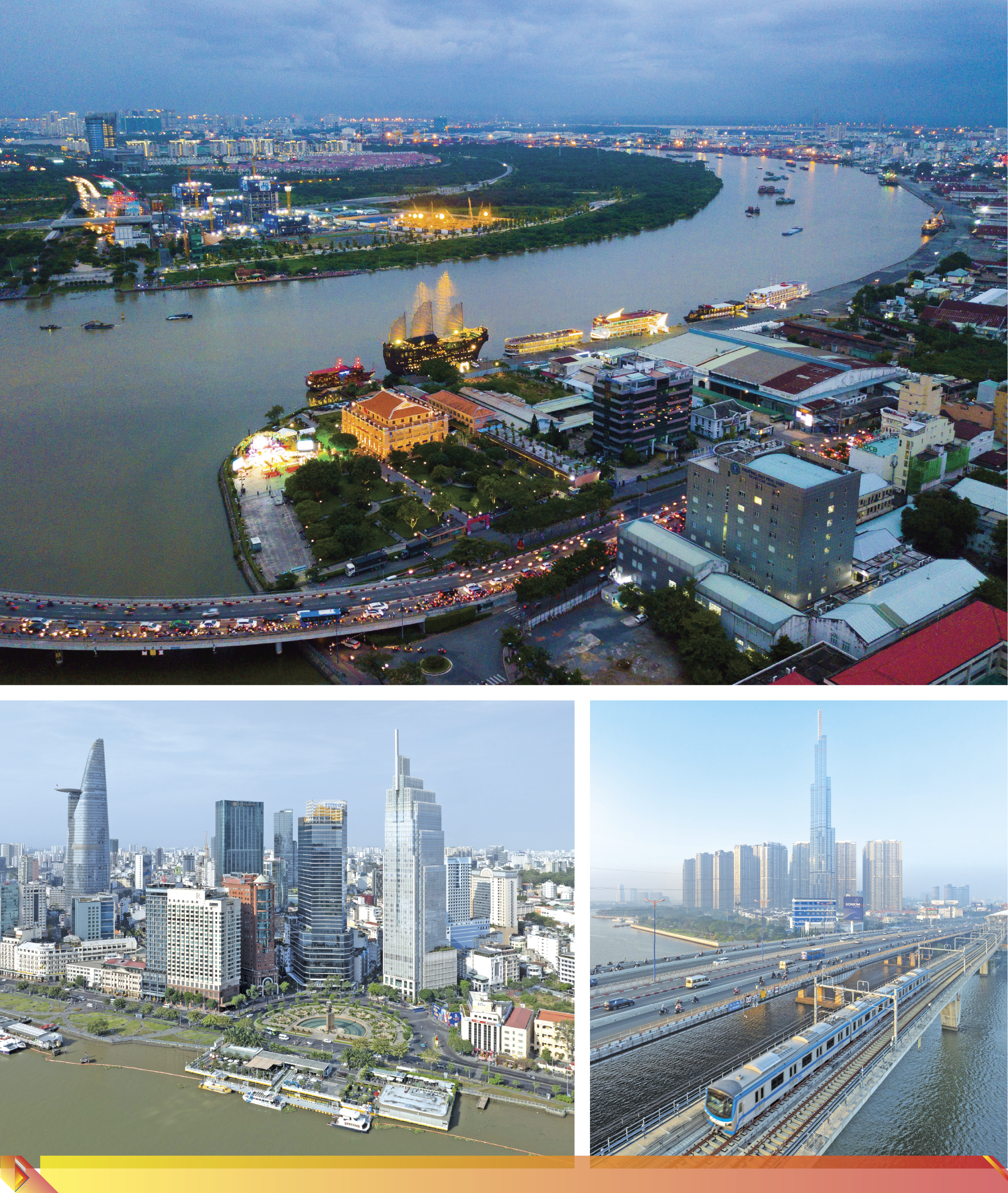

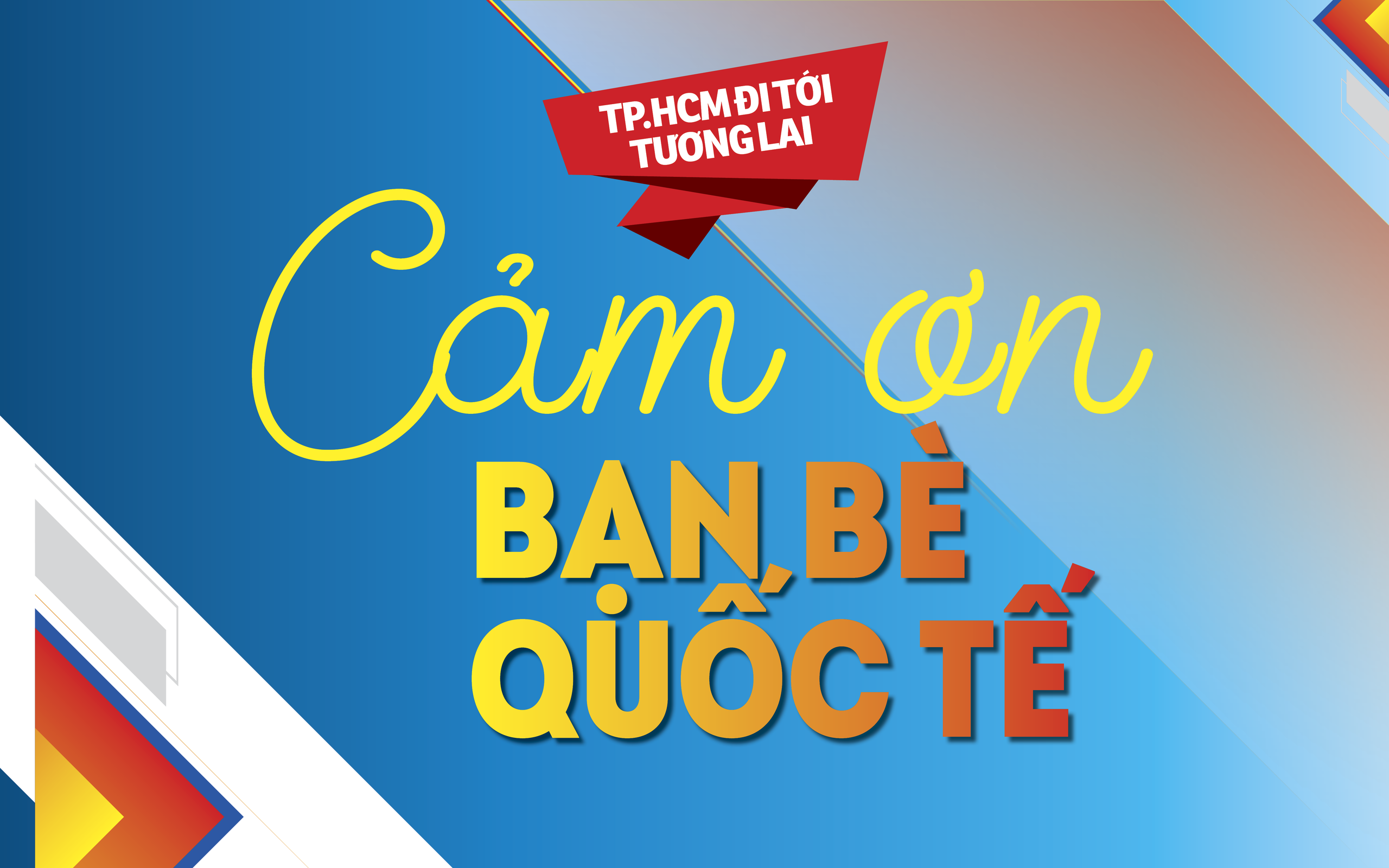


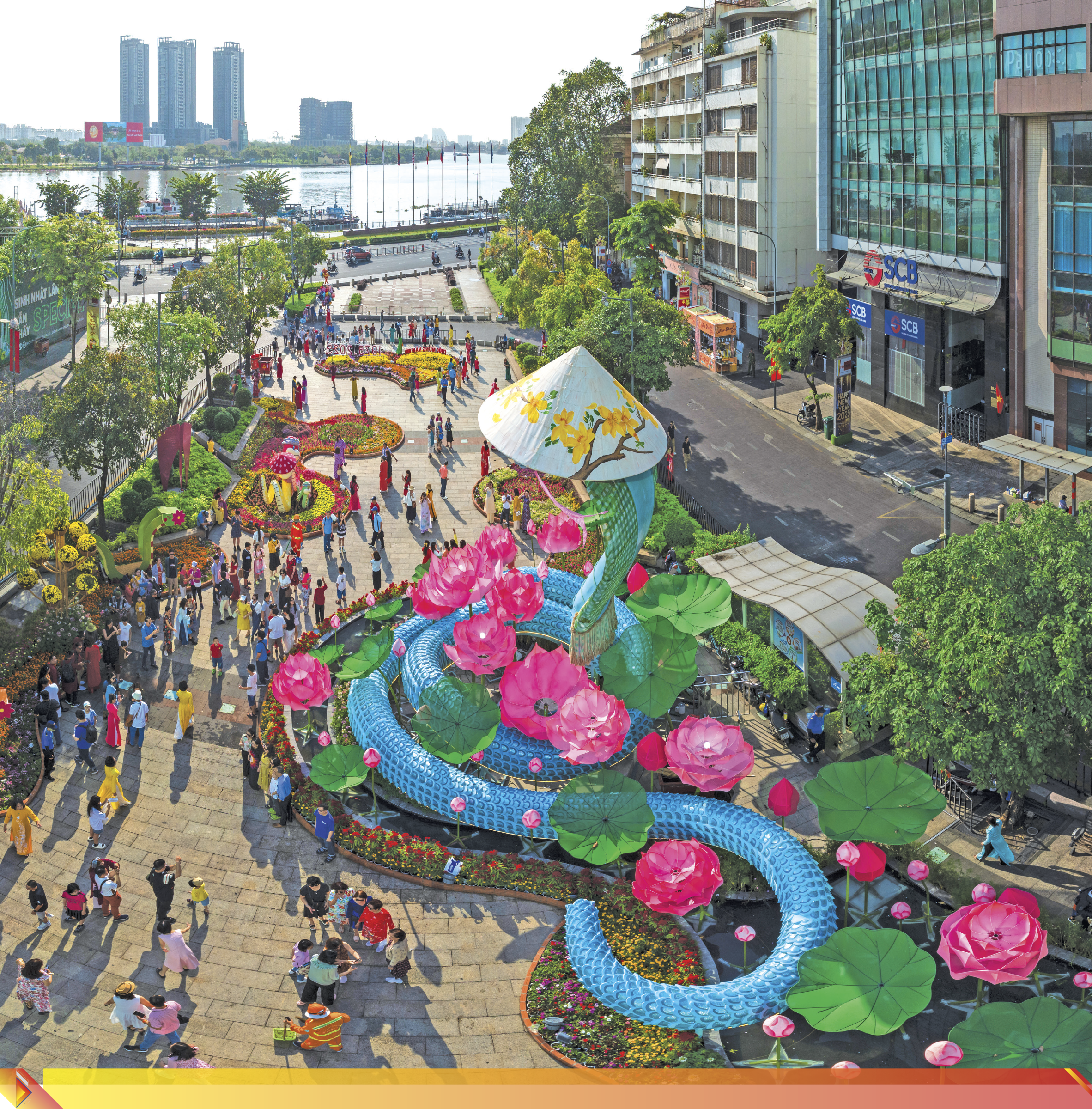

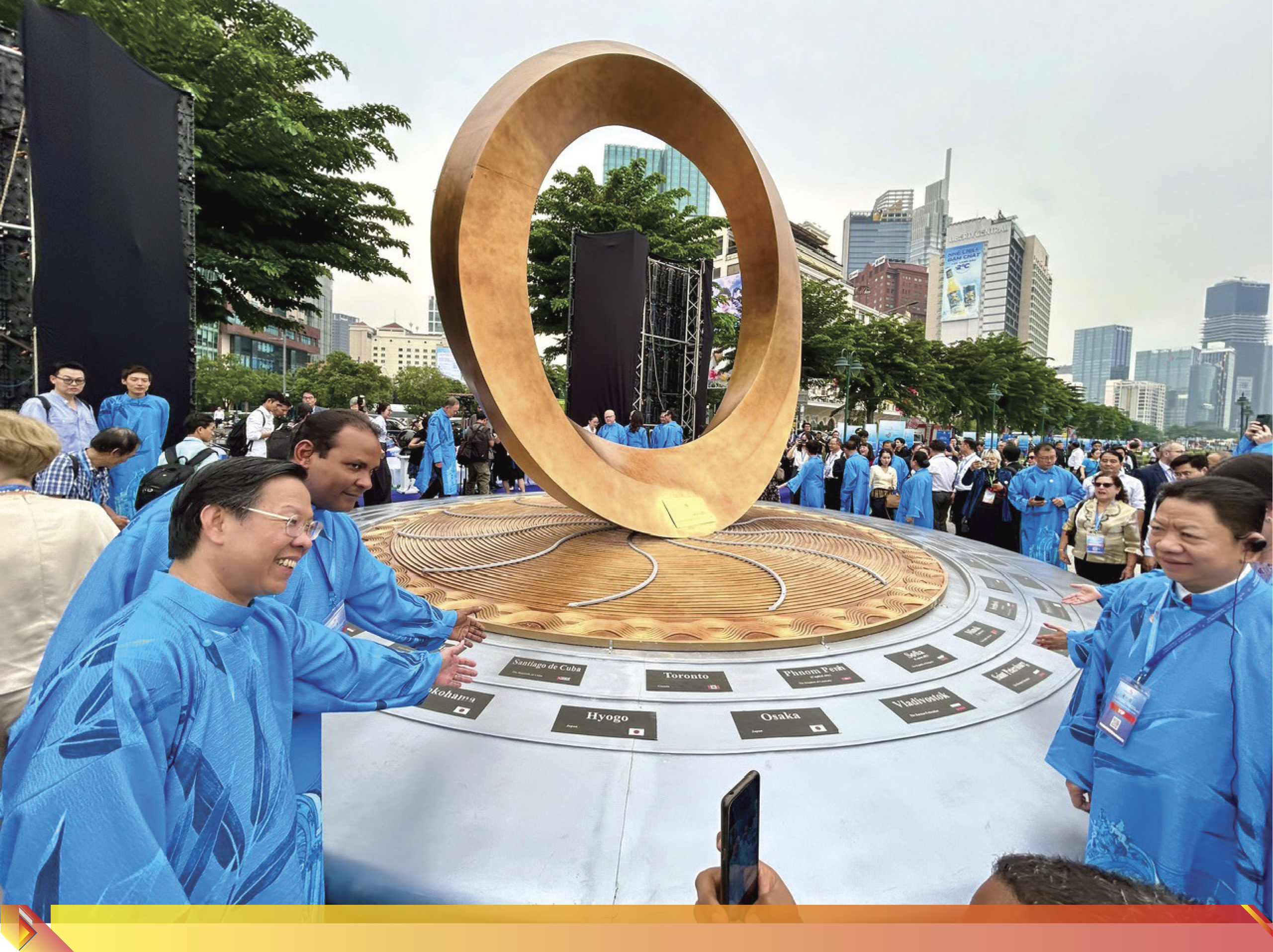
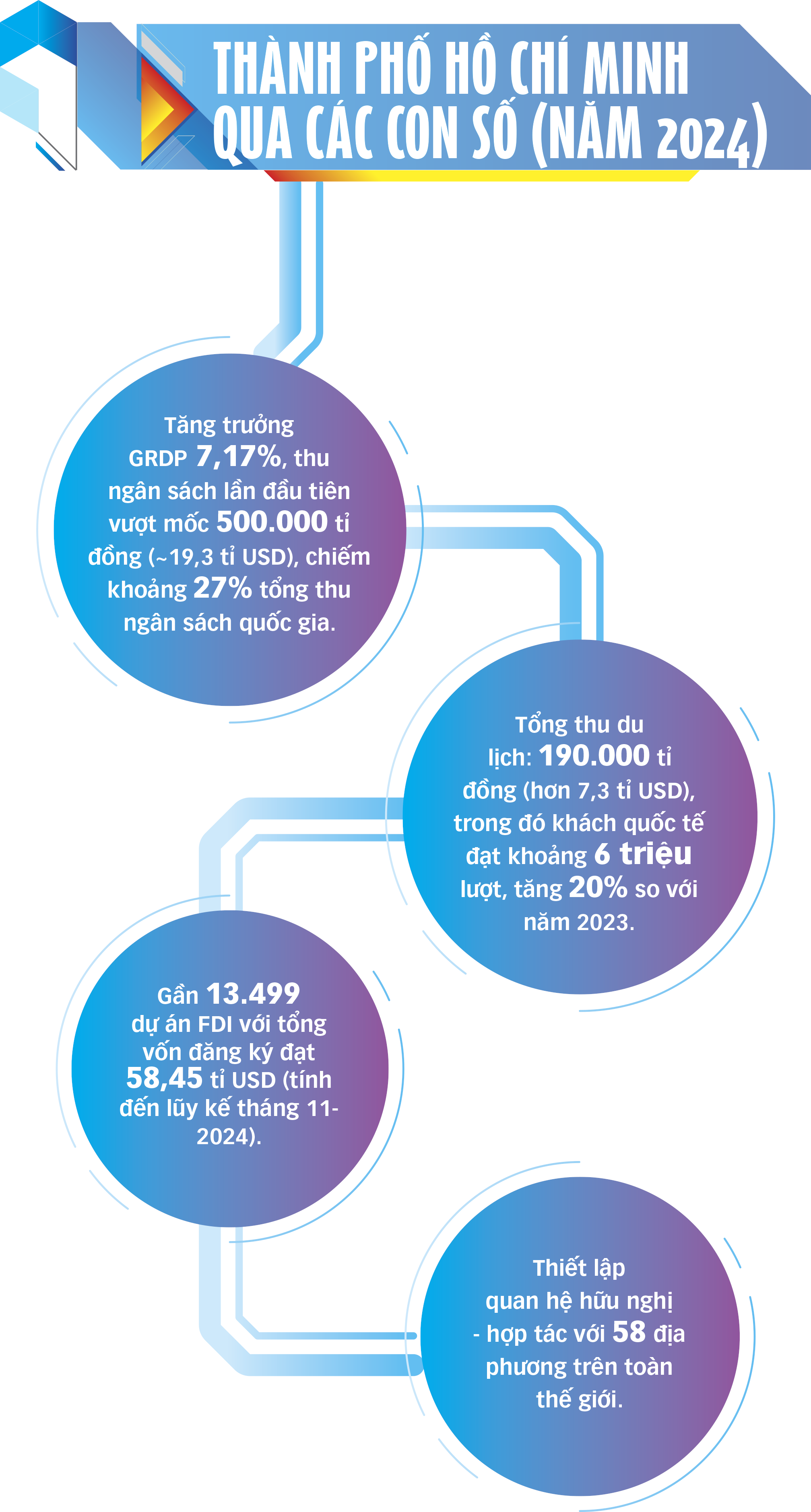
![[Photo] Prime Minister Pham Minh Chinh meets with Speaker of the Hungarian National Assembly Kover Laszlo](https://vphoto.vietnam.vn/thumb/1200x675/vietnam/resource/IMAGE/2025/10/20/1760970413415_dsc-8111-jpg.webp)
![[Photo] Solemn opening of the 10th Session, 15th National Assembly](https://vphoto.vietnam.vn/thumb/1200x675/vietnam/resource/IMAGE/2025/10/20/1760937111622_ndo_br_1-202-jpg.webp)
![[Photo] Chairman of the Hungarian Parliament visits President Ho Chi Minh's Mausoleum](https://vphoto.vietnam.vn/thumb/1200x675/vietnam/resource/IMAGE/2025/10/20/1760941009023_ndo_br_hungary-jpg.webp)

![[Photo] National Assembly Chairman Tran Thanh Man holds talks with Hungarian National Assembly Chairman Kover Laszlo](https://vphoto.vietnam.vn/thumb/1200x675/vietnam/resource/IMAGE/2025/10/20/1760952711347_ndo_br_bnd-1603-jpg.webp)
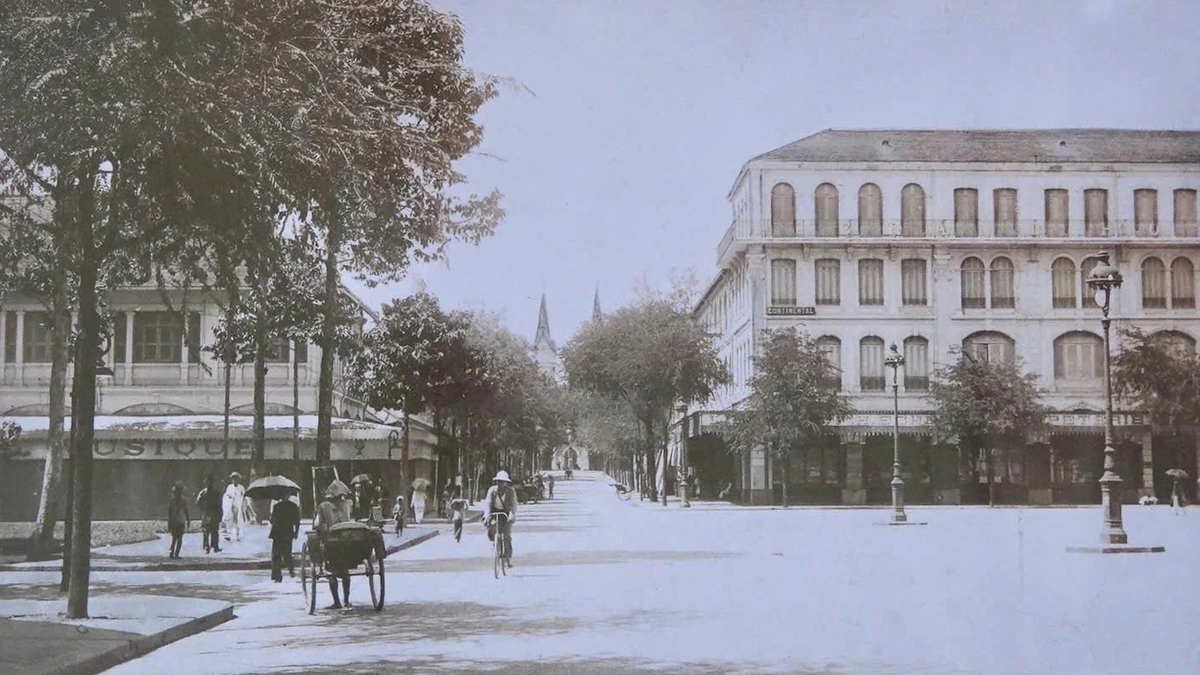
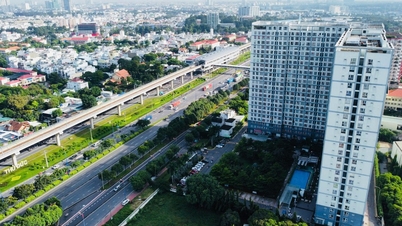


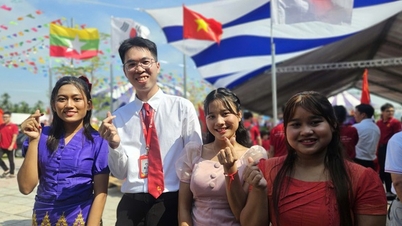

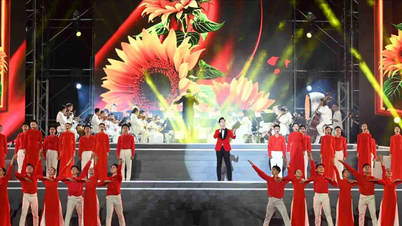

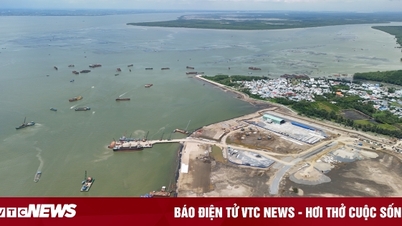
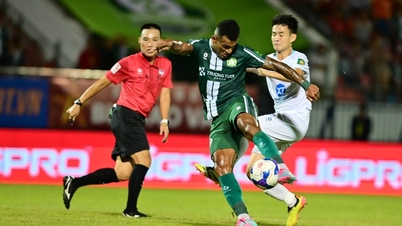

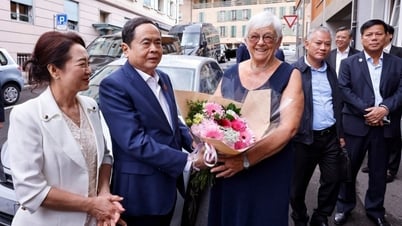

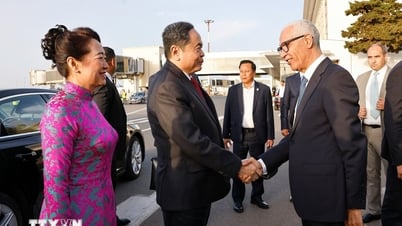

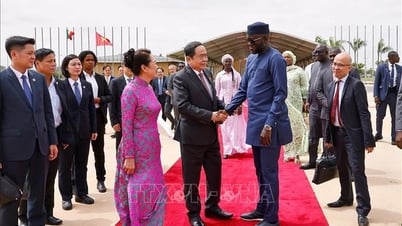

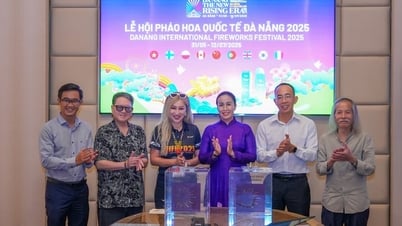

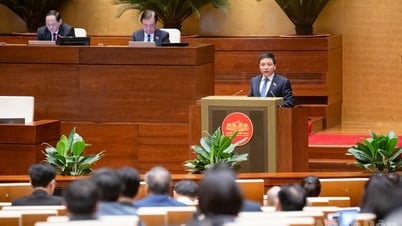
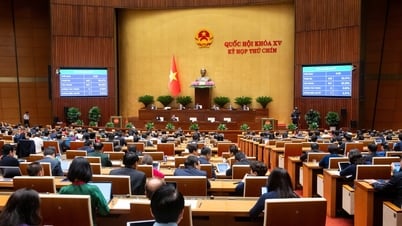


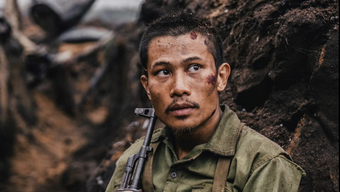


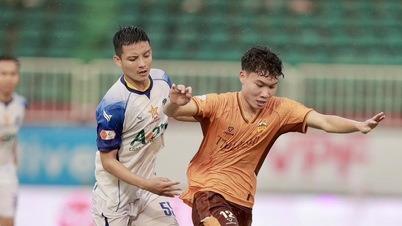
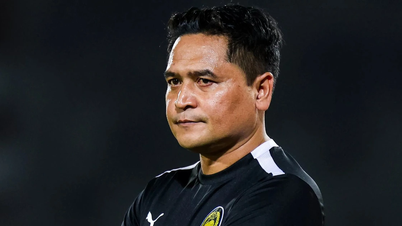
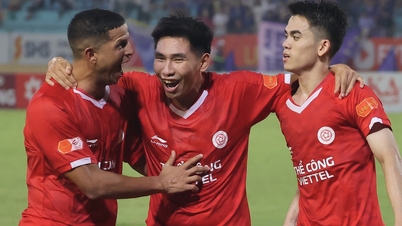


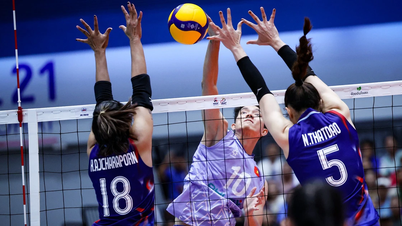
![[Photo] The Steering Committee of the 2025 Fall Fair checks the progress of the organization](https://vphoto.vietnam.vn/thumb/1200x675/vietnam/resource/IMAGE/2025/10/20/1760918203241_nam-5371-jpg.webp)
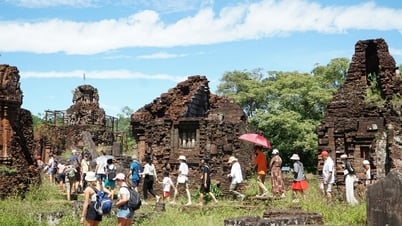
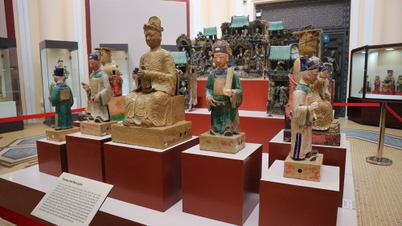
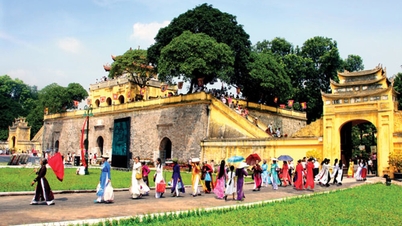

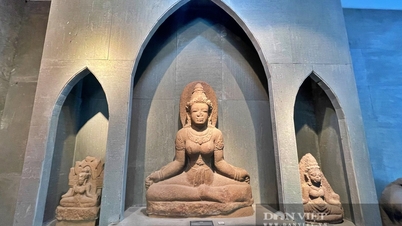

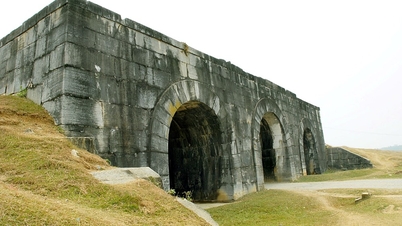
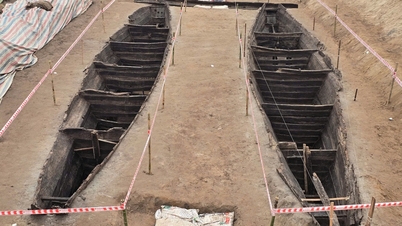

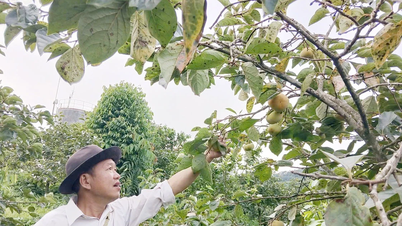

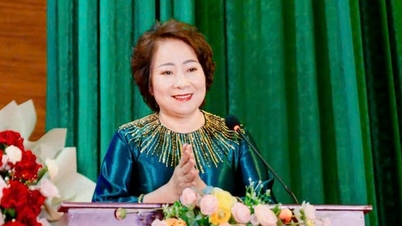


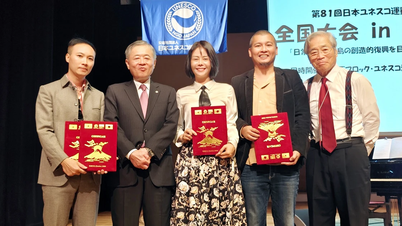
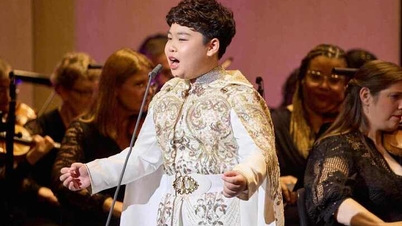
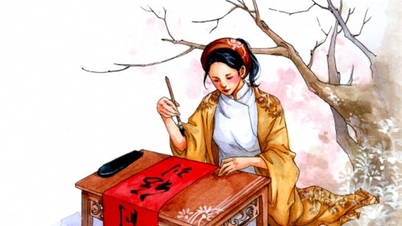
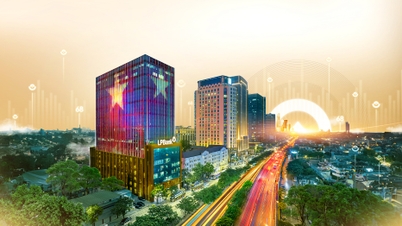
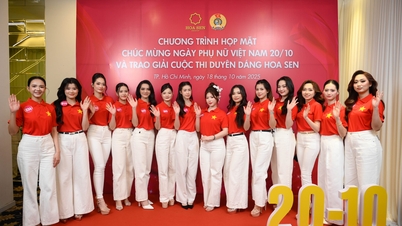

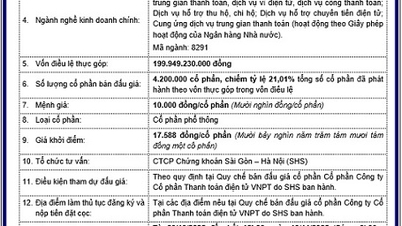
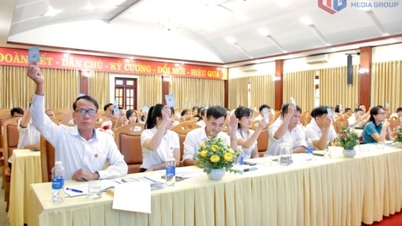

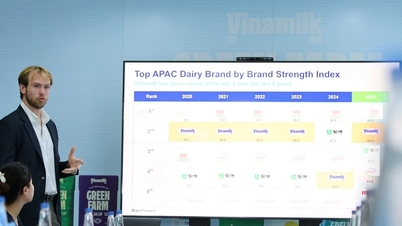

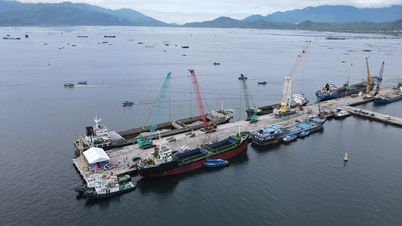



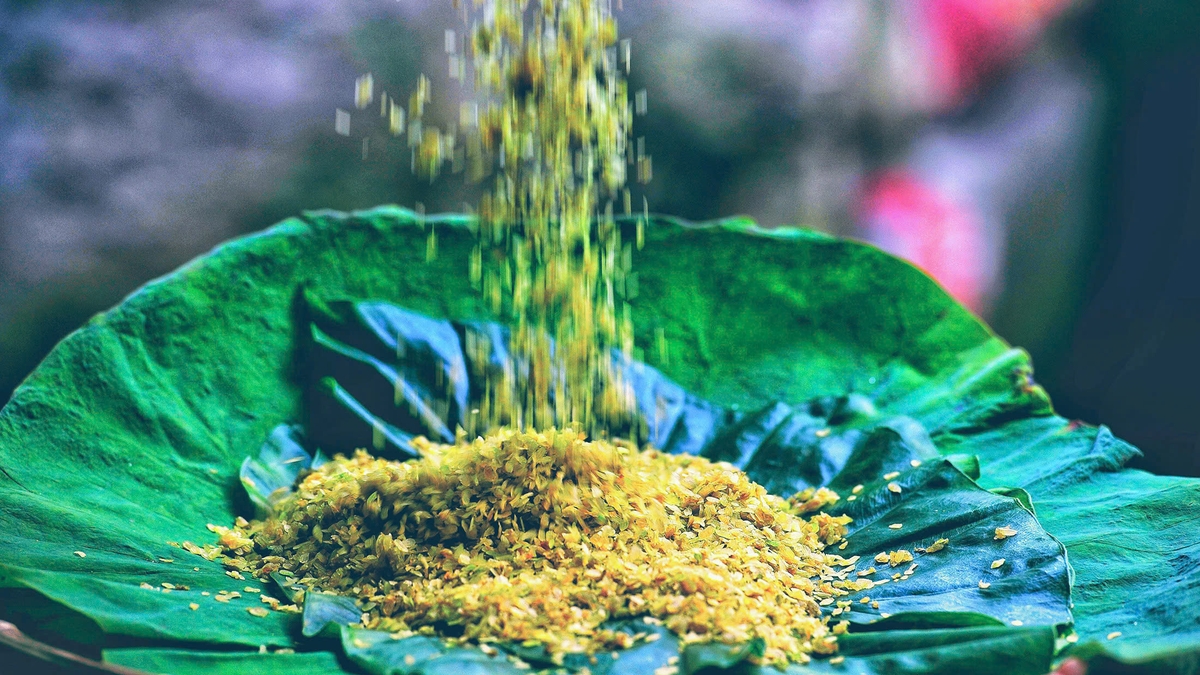
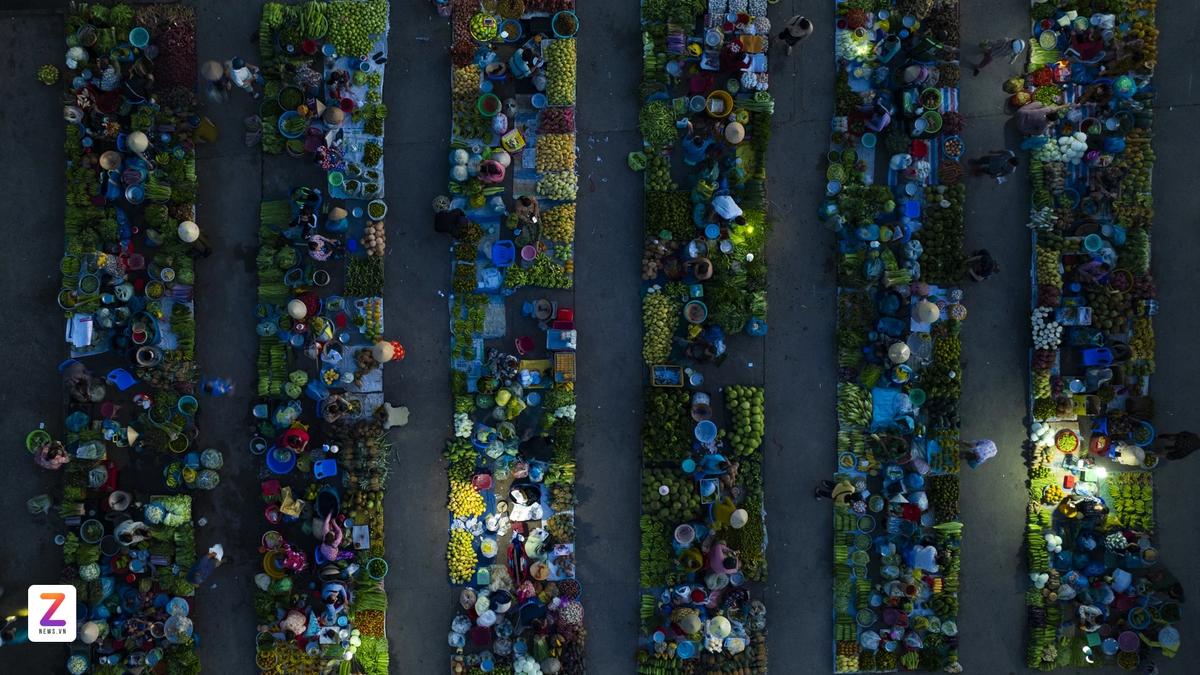

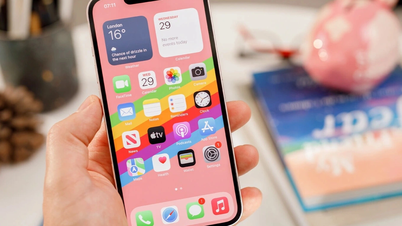

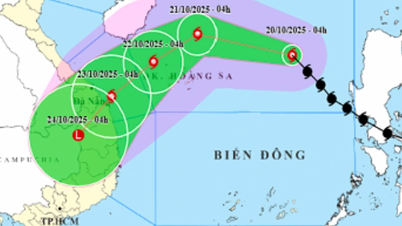

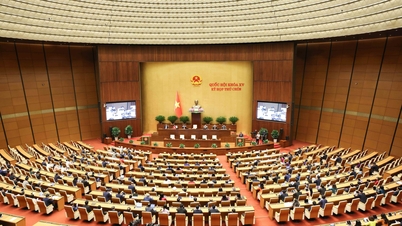

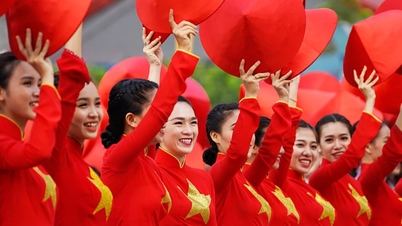
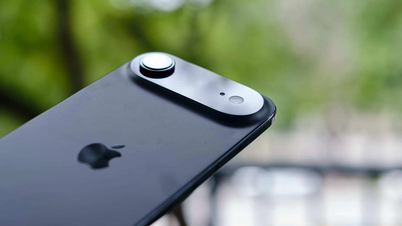
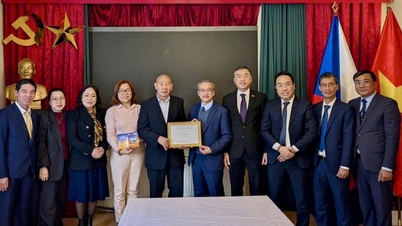

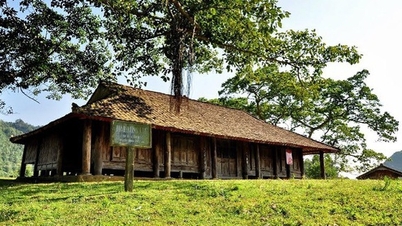
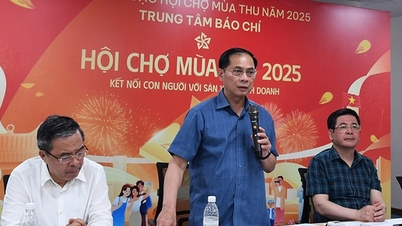
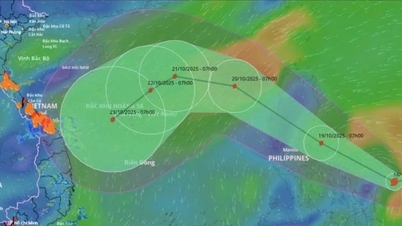

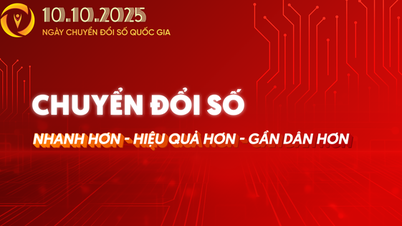

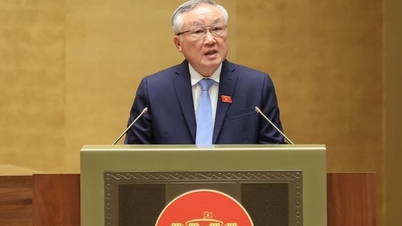
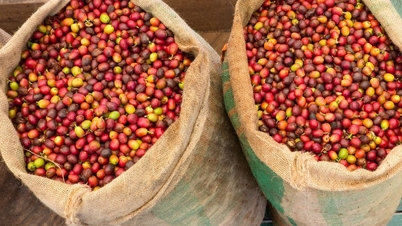

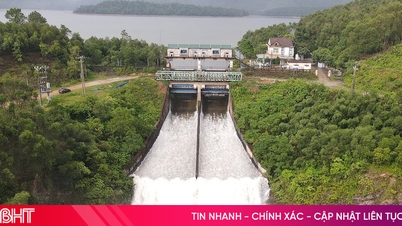

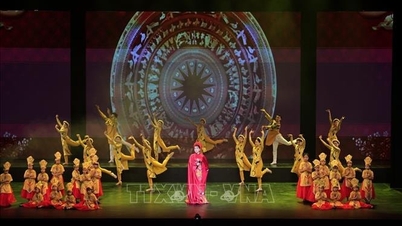

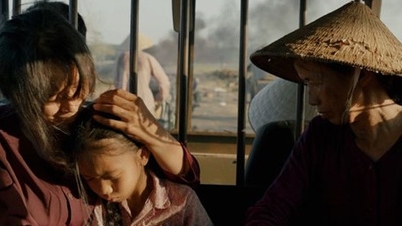
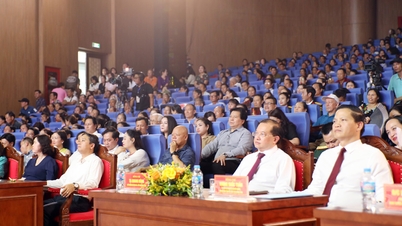


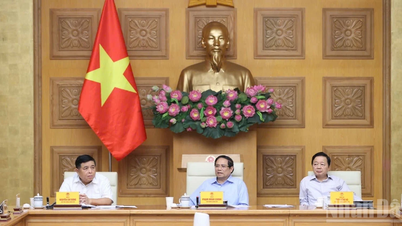
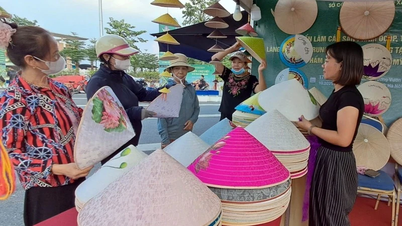
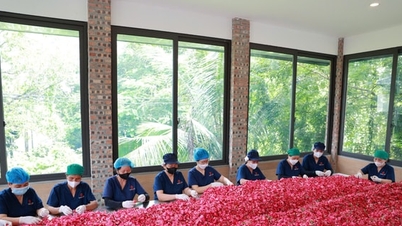
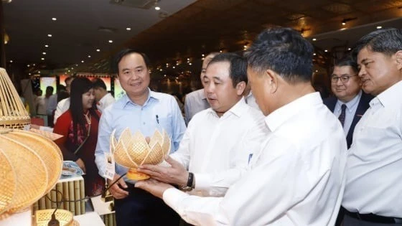

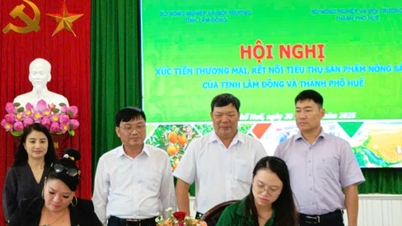



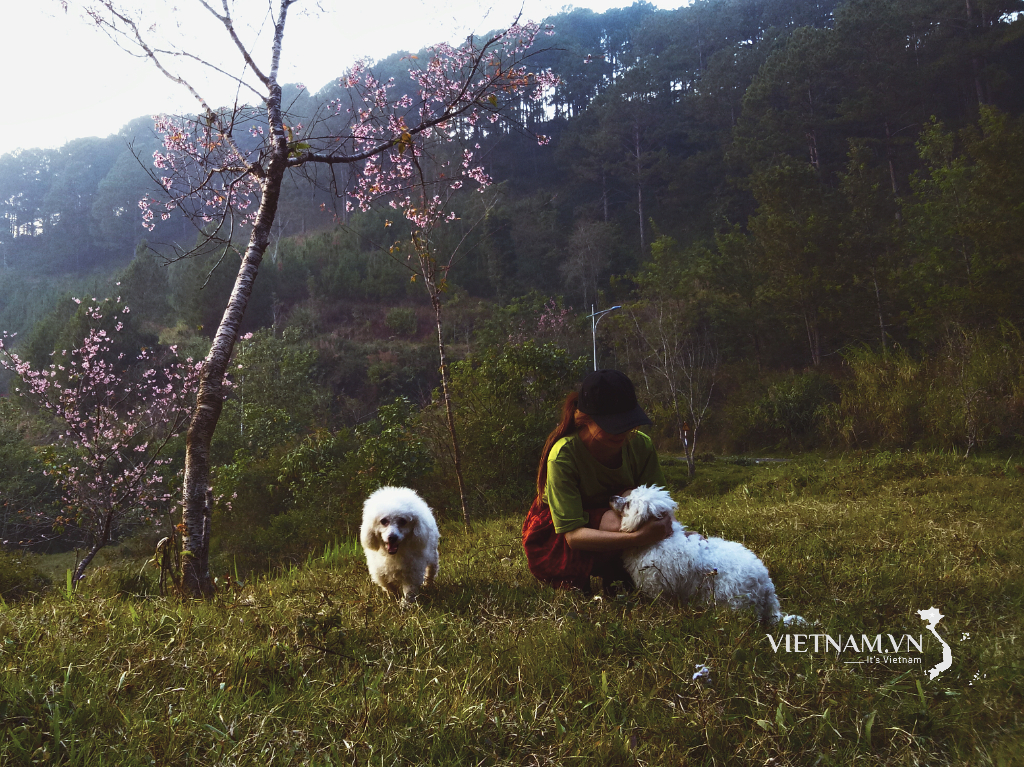

Comment (0)